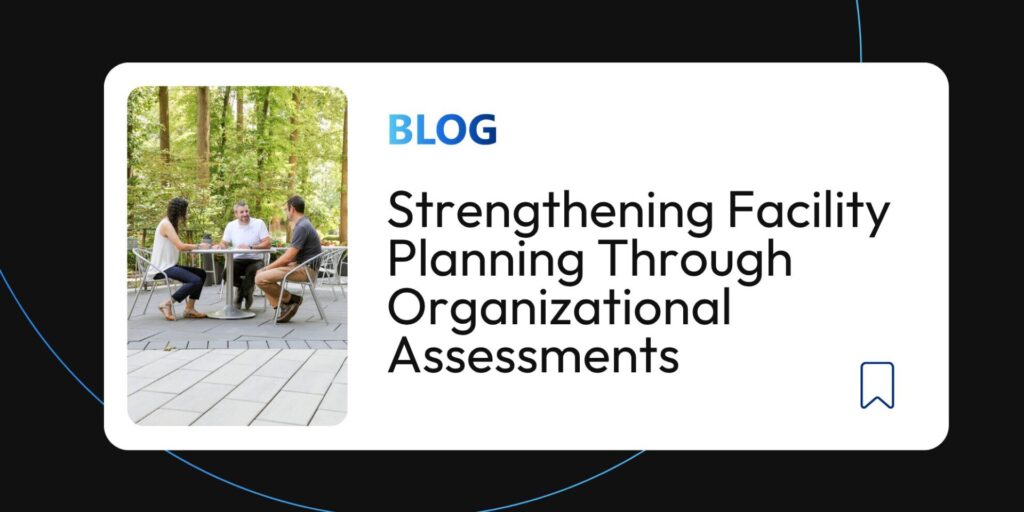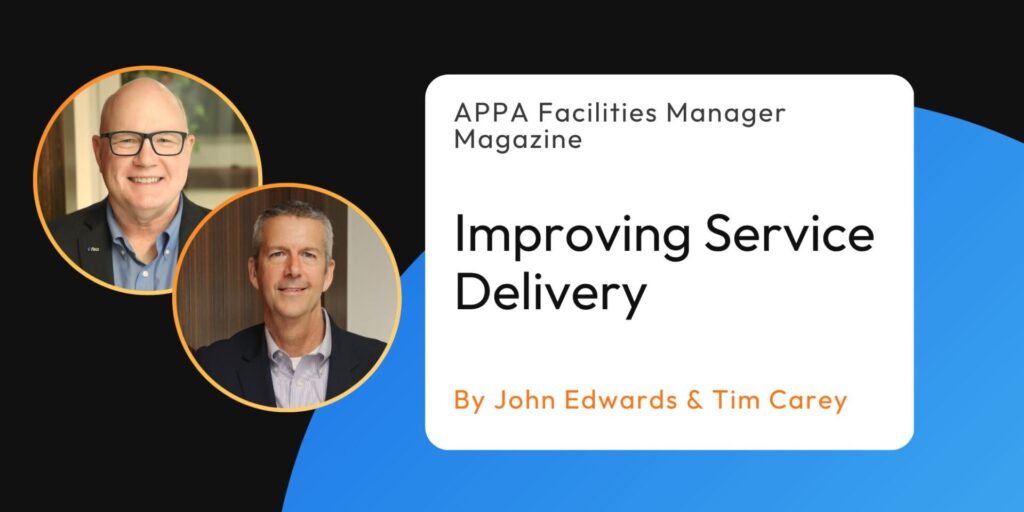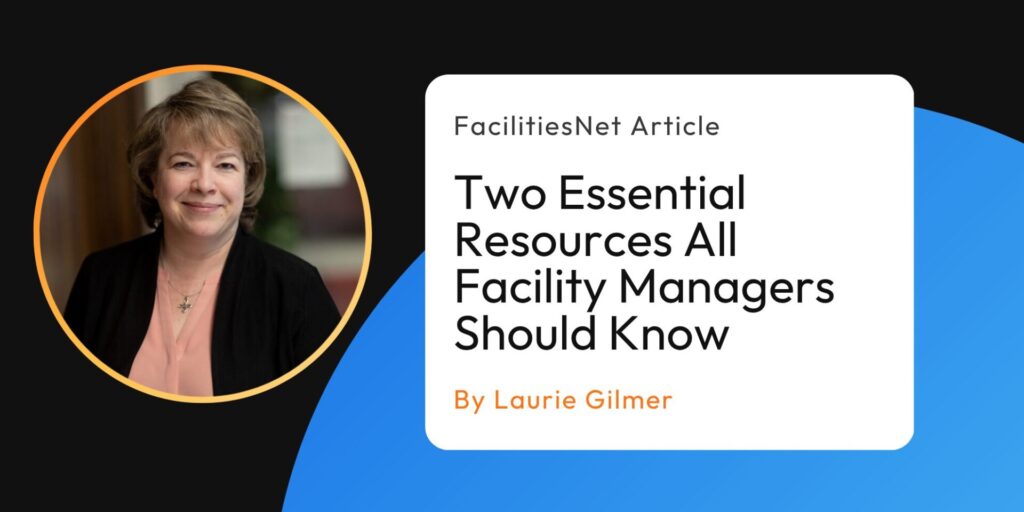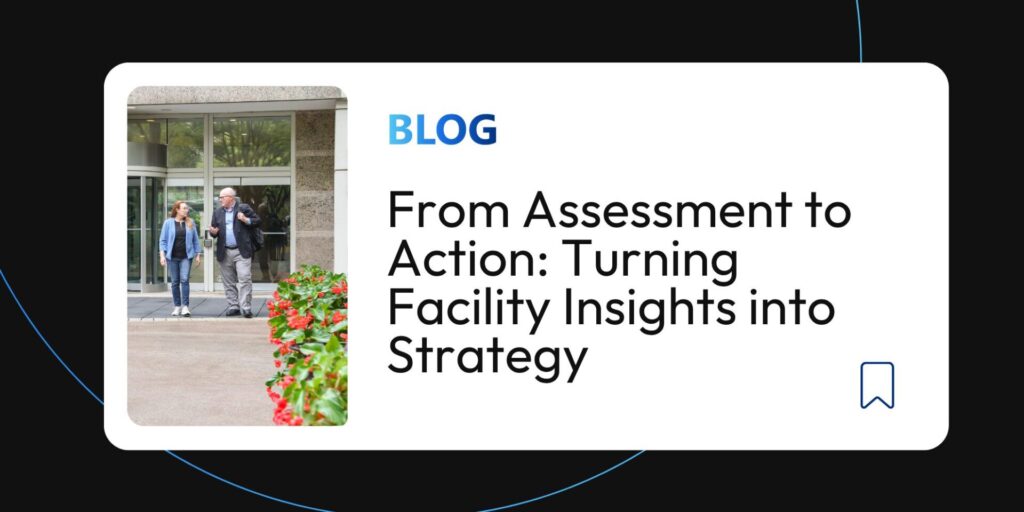Facility Planning Using Organizational Assessments
When organizations think about facility planning, the first step is often a facility condition assessment or FCA. FCAs are critical for understanding the physical state of buildings by identifying deficiencies, estimating repair costs, and forecasting capital needs. But while they reveal what needs attention, they don’t always explain why challenges persist or whether your organization is prepared to address them effectively.
That’s where an FM organizational assessment comes in.
What Is an FM Organizational Assessment?
An FM organizational assessment evaluates the people, processes, and technology that support facility management. While an FCA might reveal aging HVAC equipment, an organizational assessment asks deeper questions: Do staff have the training and resources to maintain it? Are workflows designed to prioritize preventive maintenance? Is technology configured to capture and use the right data?
In short, a facility condition assessment highlights the physical needs of your facilities. An organizational assessment helps ensure your team and systems are ready to meet those needs.
Aligning People, Processes, and Technology
Effective capital planning requires more than data about assets – it requires confidence that your organization can act on that information. By aligning people, processes, and technology, organizational assessments strengthen the foundation for long-term planning.
- People: Do staff have the skills, training, and capacity to meet objectives?
- Processes: Are workflows efficient, standardized, and tied to organizational goals?
- Technology: Is your CMMS, IWMS, or portfolio planning platform configured to provide reliable, actionable data?
Facility planning using organizational assessments, and when these three elements work together, allow facility leaders to move from reactive to strategic planning.
Common Gaps and the Improvements They Lead To
Organizational assessments frequently uncover gaps that limit the effectiveness of capital planning. For example:
- Gap: A university had a detailed FCA but lacked staff capacity for effective preventive maintenance.
Improvement: Adjusting roles and adding targeted training enabled their team to extend the useful life of buildings. - Gap: A government agency implemented a CMMS, but inconsistent data entry undermined reporting.
Improvement: Standardizing processes improved data quality and built confidence in budget forecasts. - Gap: A leadership change shifted organizational priorities, but staff were still working toward outdated goals.
Improvement: Clear communication and retraining aligned the team with new priorities, improving focus and efficiency.
Pro Tips for Getting Started with an Organizational Assessment
- Start with a baseline. Identify where your organization currently stands in terms of staffing, workflows, and technology.
- Engage stakeholders. Include leadership, facility teams, and IT to capture different perspectives.
- Look for alignment. Evaluate whether your current processes and tools support long-term goals or just short-term fixes.
- Keep it actionable. Focus on insights that directly improve planning, operations, or decision-making.
- Pair with your FCA. Use both assessments together for the clearest picture of needs and capacity.
Building a Comprehensive Approach to Facility Planning
Facility condition assessments remain essential, but they only address one dimension of facility planning. Organizational assessments are critical to ensure the people, processes, and technology behind facility management are equipped to deliver on organizational priorities.
Together, these assessments provide a complete view of both facility needs and organizational capacity – giving leaders the clarity to plan effectively, allocate resources wisely, and achieve long-term results.
Want help getting started? Learn more about our organizational assessment services here.



